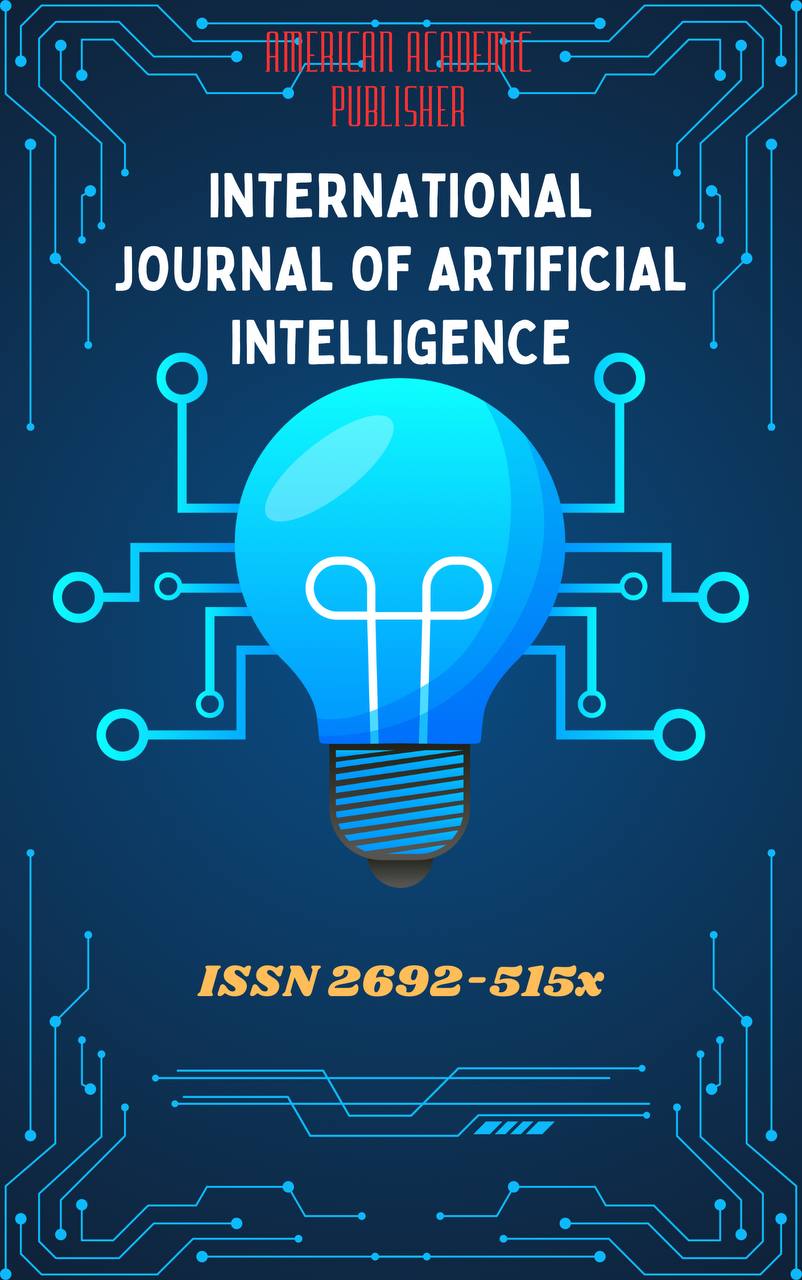 Articles
| Open Access |
Articles
| Open Access | PEDAGOGICAL STRATEGIES FOR TEACHING WRITING THROUGH CLIL IN HISTORY-FOCUSED COURSES
Maftuna Nurova Zayniddinovna , A teacher at the Faculty of English Education at the Tashkent Kimyo International University, Samarkand branchAbstract
The integration of Content and Language Integrated Learning (CLIL) in history courses offers new opportunities and challenges for developing students’ writing skills in English. History, as a content-rich and interpretation-driven subject, requires learners to engage in sophisticated academic writing that combines factual accuracy, critical thinking, and structured argumentation. This paper explores effective pedagogical strategies for teaching writing in CLIL-based history courses, focusing on the development of genre awareness, scaffolding techniques, and interdisciplinary collaboration. Drawing on recent research in language and content integration, the study emphasizes how well-designed instructional practices can enhance both historical understanding and academic literacy among EFL students.
Keywords
CLIL, history education, writing instruction, academic literacy, EFL, genre-based pedagogy, scaffolding strategies
References
Coyle, D., Hood, P., & Marsh, D. (2010). CLIL: Content and Language Integrated
Learning. Cambridge University Press.
Morton, T. (2020). Integrating language and content in history education: Pedagogical challenges in CLIL contexts. Language, Culture and Curriculum, 33(2), 147–161.
Hyland, K. (2016). Teaching and researching writing (3rd ed.). Routledge.
Llinares, A., Morton, T., & Whittaker, R. (2012). The Roles of Language in CLIL. Cambridge University Press.
Kiely, R. (2017). Language-focused teacher development for CLIL. ELT Journal, 71(4), 427–437
Article Statistics
Downloads
Copyright License

This work is licensed under a Creative Commons Attribution 4.0 International License.

